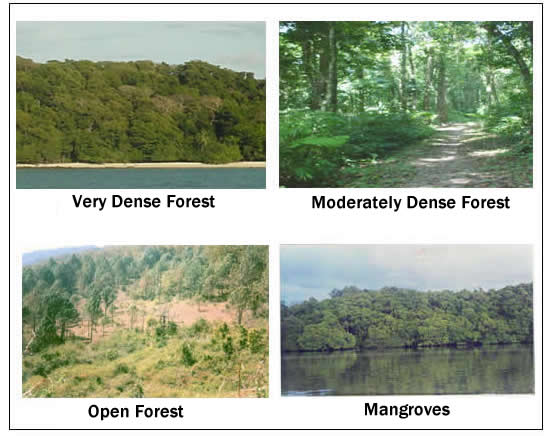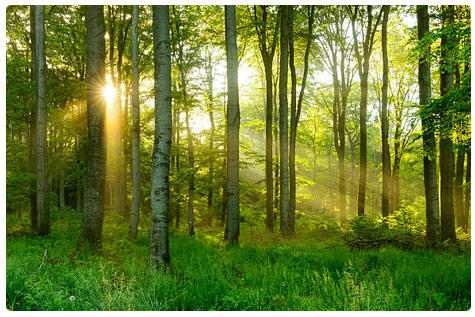Scheme of Classification
The forest cover is broadly classified in 4 classes, namely very dense forest, moderately dense forest, open forest and mangrove. The classification of the cover into dense and open forests is based on internationally adopted norms of classification. It has not been possible to further segregate the dense forest into more classes owing to enormity of work of ground validation and limitations of methodology. Mangroves have been separately classified because of their characteristic tone and texture and unique ecological functions. The other classes include scrub and non-forest. These classes are defined is below.
Classification Scheme
| Very dense Forest | All Lands with tree cover (Including mangrove cover) of canopy density of 70% and above | |
| Mod Dense forest | All lands with tree cover (Including mangrove cover) of canopy density between 40% and 70% above | |
| Open forest | All lands with tree cover (Including mangrove cover) of canopy density between 10% and 40% | |
| Scurb | All forest lands with poor tree growth mainly of small or stunted trees having canopy density less than 10 percent | |
| Non Forest | Any area not included in the above classes |
 Fig. Pictorial Illustration of Different Classes of Forest
Fig. Pictorial Illustration of Different Classes of Forest



